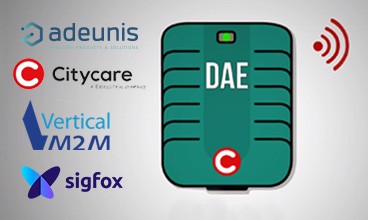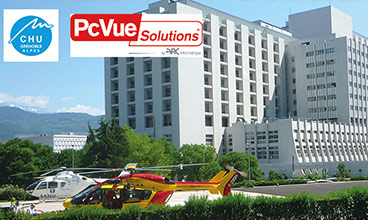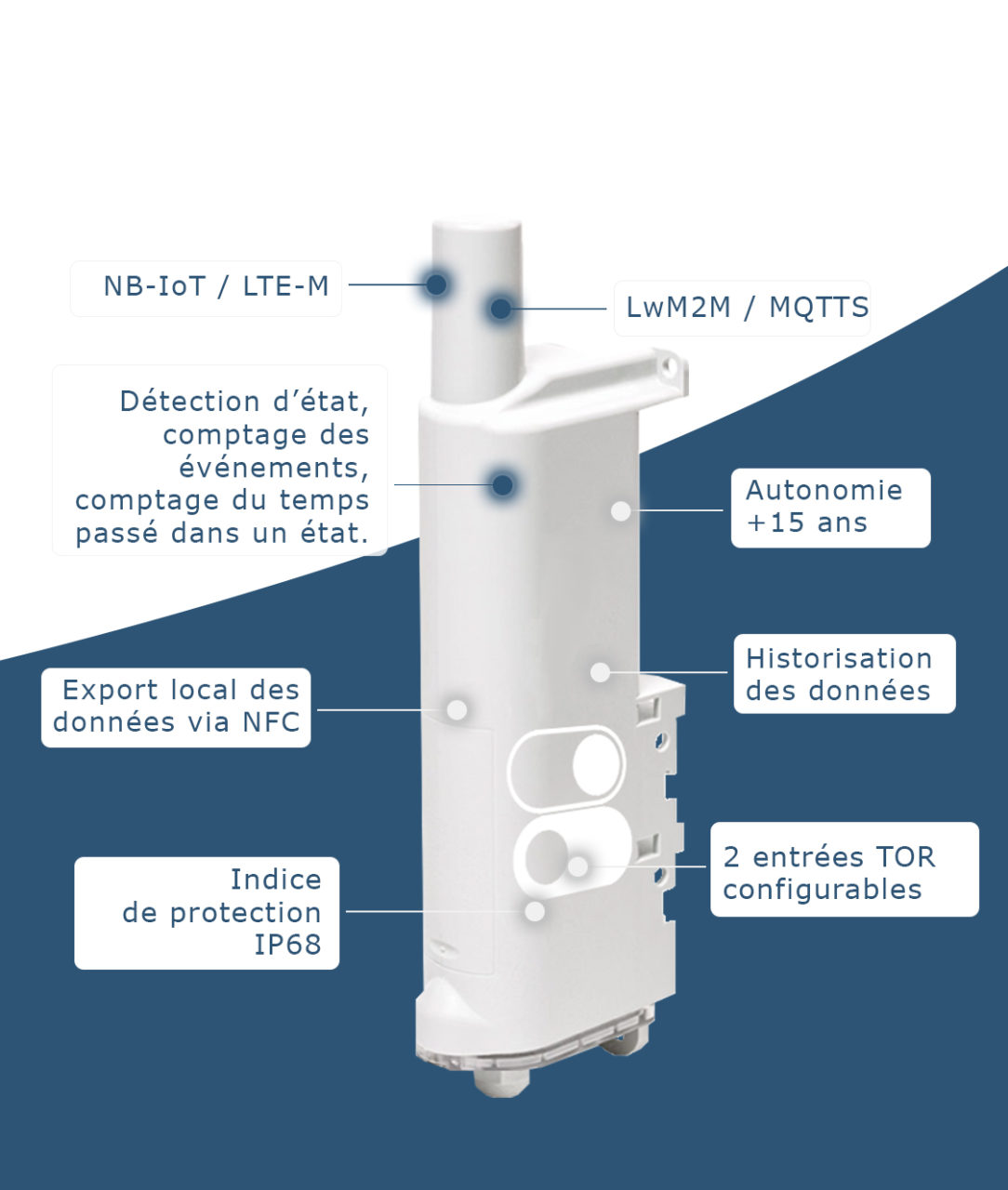Would you like to rely on IoT to meet your business challenges?
Follow the guide…
Guaranteeing the performance of installations, optimising the use and comfort of buildings, all while improving the organisation of services, are issues that can be mastered thanks to IoT!
But which network(s) to choose?
In brief, what criteria should be considered when making your choice…
Low-speed networks (Sigfox or LoRa), use these networks to send feedback at regular intervals or about events with the state of a device.
Some examples of applications:
- Metering: meters (water, gas or electricity) are objects that produce short and periodic data (consumption). Remote metering therefore presents a good case for using LPWAN technologies.
- Building: like the meter, we can extend this principle to the entire building and include other elements such as monitoring heating, room temperature, humidity, presence…: for each of these uses, it is short data that is sent to an application or an IT system.
- Connected agriculture: soil monitoring, weather stations, water consumption for irrigation, etc.
- Industry: machine fault monitoring, opening of doors, filling level of tanks, cold chain, etc
- Smart City: waste management, lighting, community infrastructure management, etc.
- Transport: maintenance of the cold chain, barrier opening, fleet management, etc.
Know your goals
To properly define your IoT project, and ensure its performance, the priority is to start from expectations, and the challenges that the project must meet.
Do you want to reduce the operating costs of managing a tertiary building park by intervening in the right place, and at the right time? The IoT permanently allows you to have visibility on the status of connected equipment through your sensors (boiler room, meters, living room, ventilation …) and thus be able to intervene on site when necessary.
Are you a service provider who is selling an ongoing maintenance service to a building manager? IoT allows you to know variations of temperature, humidity and brightness and to receive alerts if the threshold is exceeded in order to undertake the necessary maintenance and servicing.
Define the important criteria: density, network coverage, security, etc.
The best solution is the one that takes into account your needs, your uses and your project’s environment, for example:
- Quality of the “network coverage”
- Sensor distribution (country, region, city, neighbourhood, building?),
- Within a building, installation inside, outside or underground,
- Number of sensors to deploy and desired communication frequency,
- Sensor safety and lifespan,
- Cost of subscriptions, etc.
If the network coverage does not correspond to your needs in every respect, you can add extension solutions for more coverage offered by IoT operators or develop your own private network.
If we take the example of Citycare, a company deploying several thousand connected defibrillators throughout France, with one defibrillator per public building, the most relevant solution (given the equipment distribution) is to rely on a public network offering national coverage.


On the contrary, if we consider the technical management of a University Hospital, from the opening of the roof access doors to the remote reading of the meters located in the hospital’s third-level basement, the installation of a private network appears more suitable considering the number of sensors deployed locally and the sensor distribution constraints (from “deep indoor” to outdoors).
Will the next networks disrupt the existing ecosystem?
“We see the complementarity rather than a confrontation,” said Frank Fischer, Adeunis CEO. “If we take the example of challenge Orange – Sncf which aimed to detect a human or animal intrusion in a tunnel, thanks to the LTE-M1 (also called Cellular IoT), we were able to propose a solution integrating sound and image in real time to help operators remove any lingering doubts. On the other hand, this solution remains more expensive and energy-consuming than a LoRa or Sigfox solution and is not necessarily adapted to the needs of sending alerts or status change data, for example.”
23/04/2019


